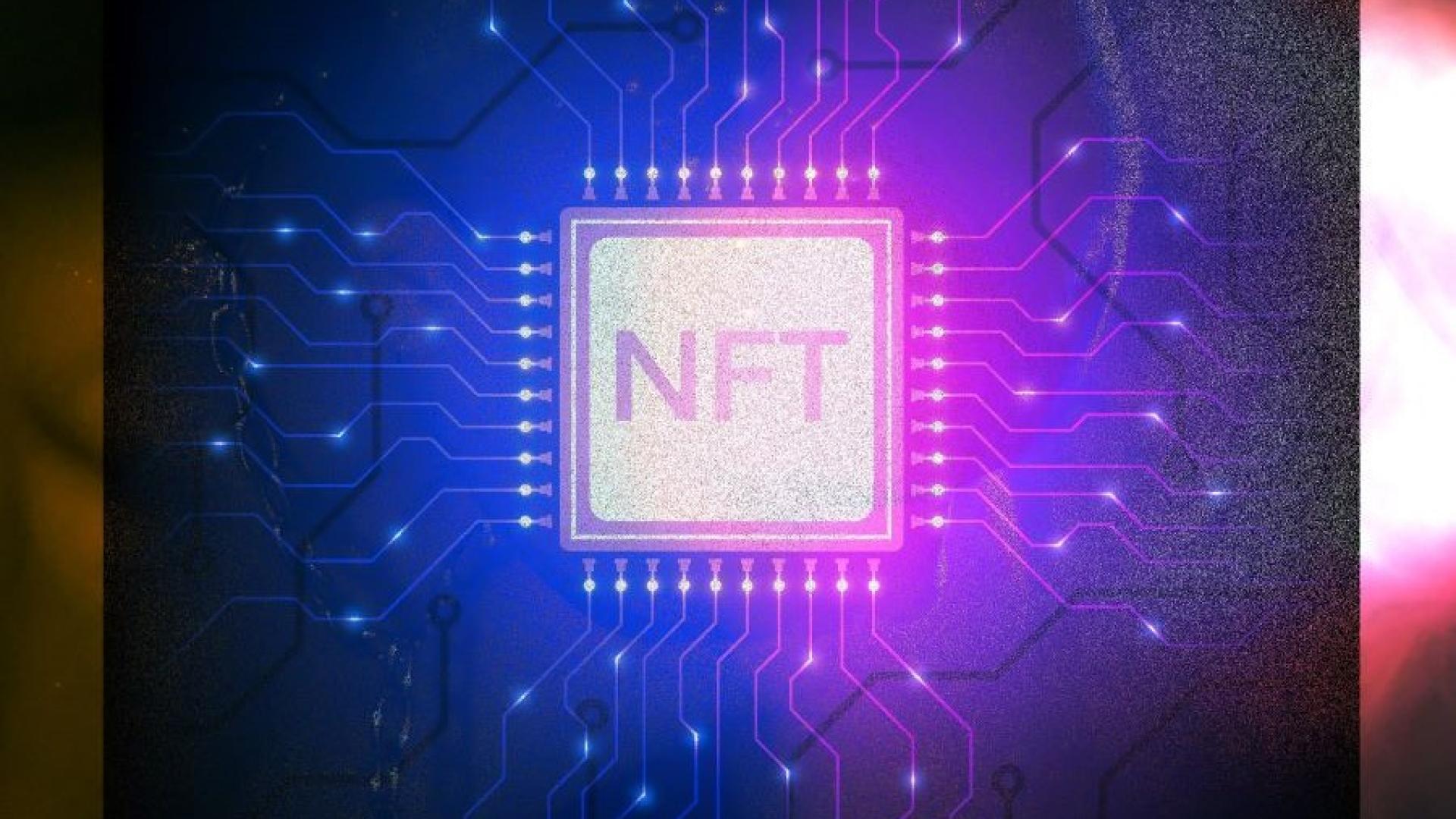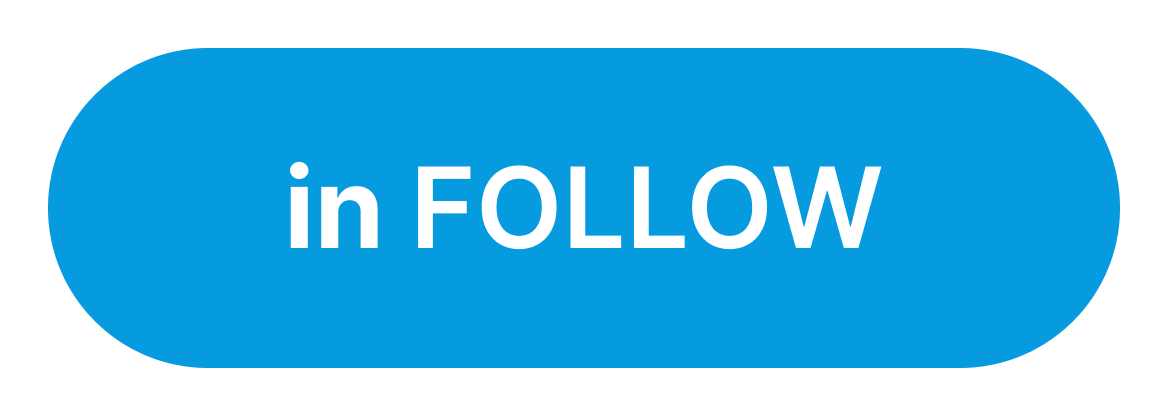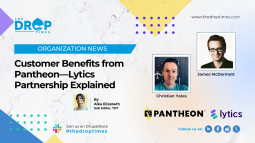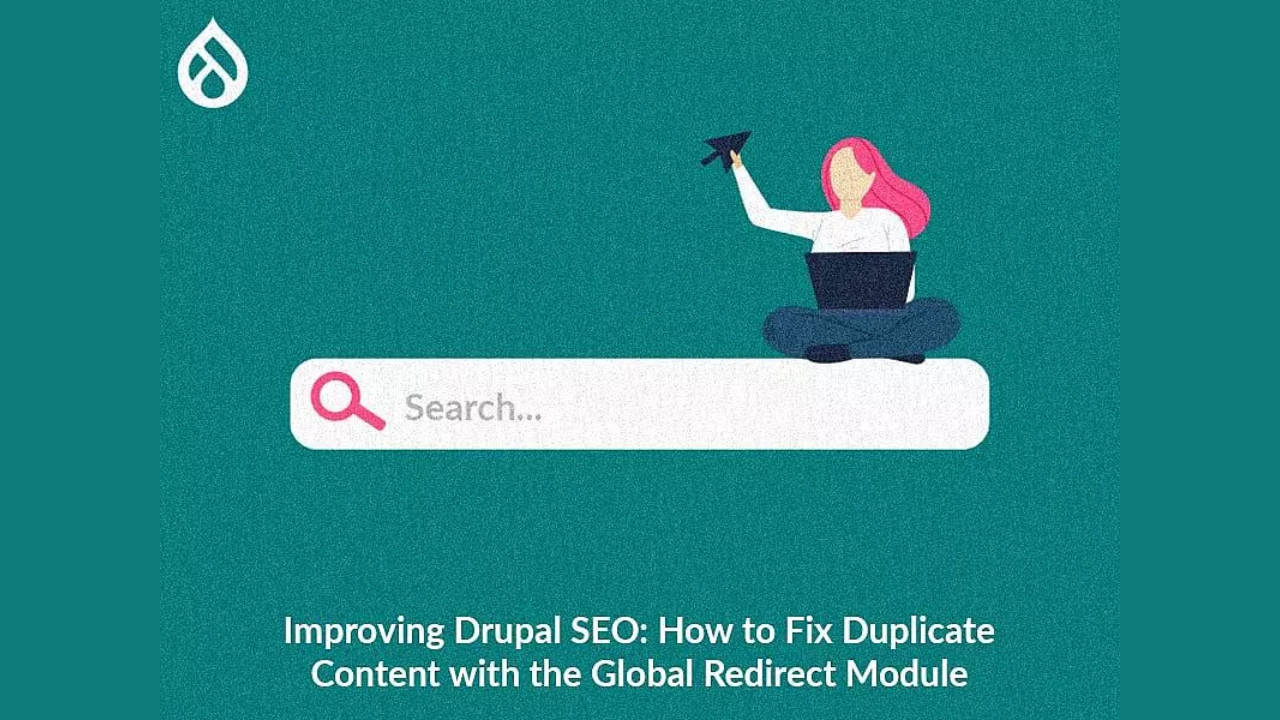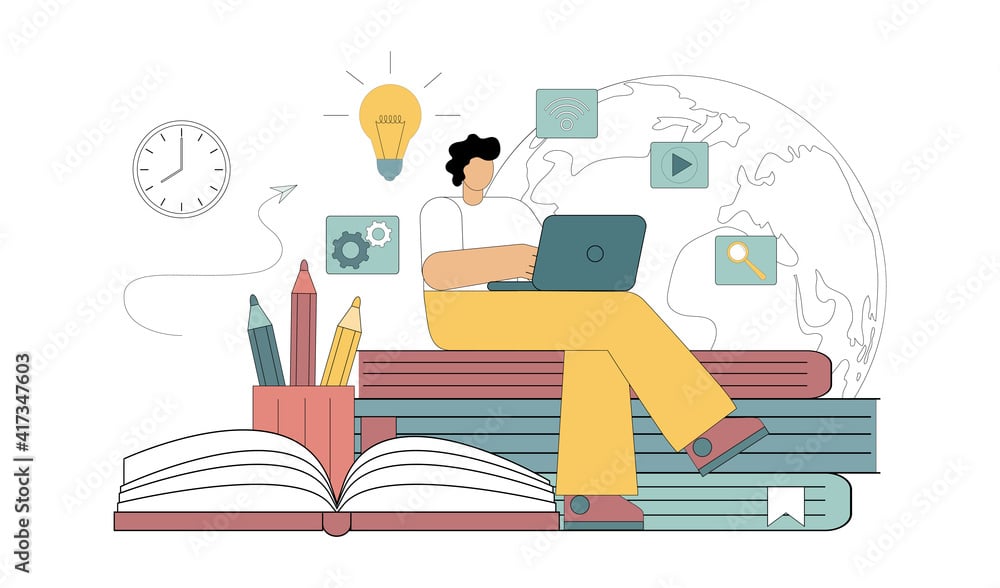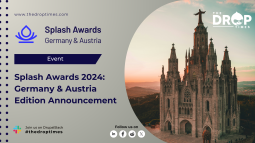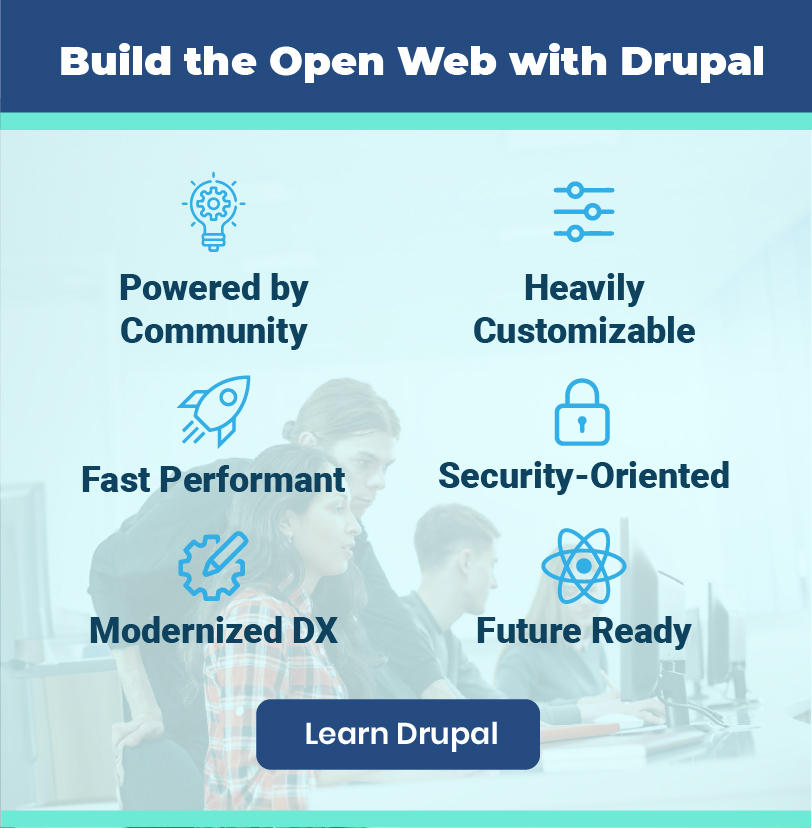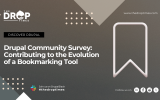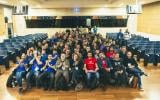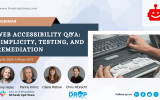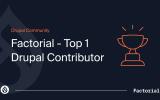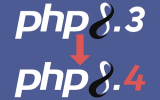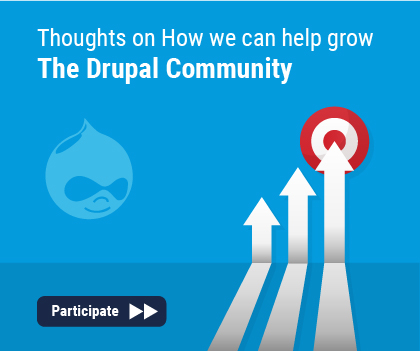Non-Fungible Token (NFT): A Beginners Guide in 2022
Last year, the evolution of NFTs in the digital marketplace put the term "non-fungible tokens" on the map. NFTs, which are extraordinary digital resources that live on the blockchain, began to build some real momentum in the digital art world. It, however, immediately ventured into digital design, music, computer games, and sports.
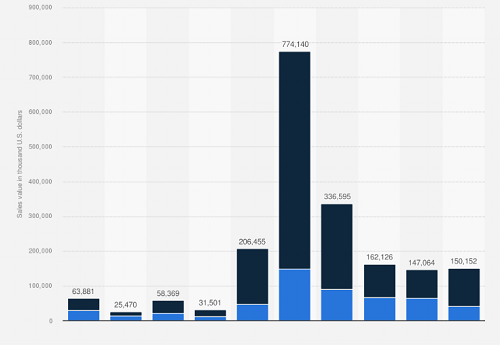
Image: NFT art monthly sales
Pop culture became immersed with NFTs all through 2021, from an X-ray of William Shatner's tooth to a computerized replica of Twitter founder Jack Dorsey's first tweet and various memes saved as NFTs.

Image: Non-fungible token
Enter 2022, and NFTs are turning out to be considerably more mainstream. Samsung, for example, unveiled plans to carry NFT marketplaces to its smart TVs ahead of the 2022 Consumer Electronics Show¹.
What's An NFT?
NFT represents a "non-fungible token," which is a one-of-a-kind digital resource that uses blockchain technology. The first NFTs were made in 2017 before the term even existed. Soon after, crypto-kitties and crypto-sharks instituted the term on the market and even normalized Smart Contracts.
Not to digress but Smart Contracts are nothing but paperless contracts operated by a PC. According to Harvard Law School Forum on Corporate Governance²
“Smart Contracts are computer codes that automatically execute all or parts of an agreement and are stored on a blockchain-based platform like Ethereum. The code can either be the sole manifestation of the agreement between the parties or might complement a traditional text-based contract and execute certain provisions such as transferring funds from Party A to Party B. The code itself is replicated across multiple nodes of a blockchain and thus benefits from the security, permanence, and immutability that a blockchain offers.”
Difference Between Fungible and Non-fungible Resources
In monetary terms, fungible resources are commodities that can be traded with different resources or commodities of a similar type. Actual money is a fungible resource because it can be exchanged for different monetary forms, products, or paid for services. Fungible resources are stocks, shared assets, and valuable metals like gold and silver.

Image: Difference between fungible and non fungible resources
Non-fungible resources don't have a standardized cost or regularized value structure. They are evaluated based on their uniqueness and popularity, and other variables which are not fixed. Instances of non-fungible resources are sports cards, digital images, admission to affluent exclusive clubs, and other high-end digital collectibles.
A Simple Allegory to Describe NFTs
Erick Calderon, founder and CEO at Art Blocks explains in an interview¹ what NFT is with an example,
“If you owe me 10 bucks, I don't really care which 10 $1 bills you give me, so the $1 bill is fungible. An NFT, or a non-fungible thing, is something where I would care that you gave me this specific dollar bill because this specific dollar bill is unique to the other ones. A non-fungible token is something that is guaranteed using Blockchain technology to be 100% unique in a provable way, that there's just no arguing. The blockchain will tell you and you're able to prove it. ”
How NFTs Work
Conventional art pieces are important because they are unique. However, when you convert them into computerized records or digital files, they can be easily copied, and this is the place where NFTs come in.
With NFTs, special codes and metadata are added to these art pieces to make an advanced endorsement of proprietorship that can be traded. These allow easy verification and tracking, and a record of who possesses what NFT has then stored on a blockchain.

Image: Relation between artist and NFT
Now, you may ask, how could somebody spend many dollars to purchase an NFT, yet one can get to various art pieces, pay attention to music, and so forth, online free of charge?
An NFT owner doesn't have the copyright or intellectual property rights to the digital asset the token represents. The buyer of the NFT owns a "token" that demonstrates they own the original work without any copyright issue. Think of it as purchasing an author-signed book. NFTs exists on blockchain which is secure and subsequently prevents duplications.
Blockchain & NFT Relation
An NFT is a unit of data stored on a digital record, known as a blockchain, which can be sold and exchanged.
Larva Labs' CryptoPunks project, which makes 24x24 pixel algorithmically created art pictures, launched the utilization of Ethereum blockchain to control NFTs.
CryptoPunks have produced characters dressed as "punk" people. At first, any single individual on the Ethereum blockchain could claim a CryptoPunk. Now, individuals should buy, bid on, or provide punks for sale in the commercial center, which works on the blockchain.
CryptoPunks are charming, fun Crypto art projects or as Larvalabs³calls “ collectible characters” which can be individually owned and maintained within the blockchain ecosystem. All 10,000 CryptoPunks are claimed for presently and are in high demand among members of the NFT Community.
The NFT Community and Discord
The highly active NFT community uses the social platform Discord to exchange and gather information.

Image: Discord
Discord is a Voice over IP (VoIP) instant messaging digital platform where users communicate through voice calls, video calls, text messaging, media and files in private chats or as part of a group. The main expression of user identity in Discord is through what avatar you pick-something that resonates with the NFT mantra or concept and therefore popular with the NFT community.
The punk rock, activist, and art collective have completely accepted NFTs. However, their adoration for a medium that celebrates art, community and decentralized association shouldn't be wondered at. Up until now, these groups have their own community on Discord.
NFTs in Drupal
Drupal keeping abreast of the changes in the digital world, has an NFT module to integrate NFTs. The NFT module declares a new node bundle to the NFT handler. The child modules in it are
- NFT OEmbed which allows the use of Media as NFTs
- NFT Mint allows the creation of NFTs from any given Drupal Entity.
- NFT User which is still being developed.
The NFT Drupal Module is contributed and maintained by Matthieu Scarset.
Conclusion
NFTs have acquired popularity and exposure over recent years as they act as a verification of proprietorship and legitimacy of both digital and physical things. In addition, NFTs allow users to move proprietorship, eliminating fraud.
References
- https://www.campaignindia.in/article/ces-2022-a-beginners-guide-to-nfts/474966
- https://corpgov.law.harvard.edu/2018/05/26/an-introduction-to-smart-contracts-and-their-potential-and-inherent-limitations/
- https://www.larvalabs.com/cryptopunks
- https://decrypt.co/resources/non-fungible-tokens-nfts-explained-guide-learn-blockchain
- https://www.drupal.org/project/nft
Note: The vision of this web portal is to help promote news and stories around the Drupal community and promote and celebrate the people and organizations in the community. We strive to create and distribute our content based on these content policy. If you see any omission/variation on this please let us know in the comments below and we will try to address the issue as best we can.



